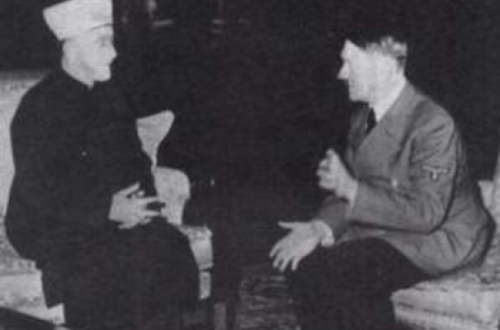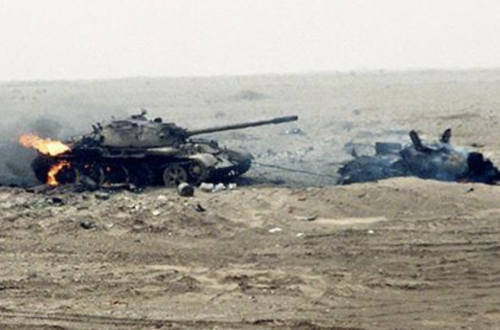CIF has an article on family tree tracking, by Emily Kasriel
Start with the person you know best: yourself. Input details: date of birth, place of birth, gender, photo. You are now presented with four options pointing horizontally and vertically, like arrows in a chess book. You can travel like a rook but with the limitations of a king. Which other moves can you make? Father, mother, child, sibling, but only one square at a time. Choose another character, and repeat.
It is hardly surprising that creating online family trees has become such a popular activity. The raising of $25m (£15m) by MyHeritage.com in its fifth round of funding reflects how this interest has dovetailed with the power unleashed by the internet: the ability to transform our ability to research, share and collaborate, liberating us from the limitations of unwieldy paper predecessors.
My experience of putting my own family tree online has proved to be both exhilarating and frustrating. I was surprised and disappointed to find how quickly I reached the frontier of my knowledge. My father Harry and his parents fled Czechoslovakia in 1938, prescient of the impending Holocaust, which was to erase most of their family.
I dug out a fragment of paper on which, as a teenager, I had recorded the names of my grandmother’s six brothers and sisters, born in the Austro-Hungarian empire in the final decade of the 19th century – only one had survived the war. I remember being aware, even then, of the fragility of my link to the past.
More than two decades later, I regret that I was not more persistent at a time when my grandparents’ stories had not yet been distorted by the frequent repetition of a few highly distilled fragments: swimming across the Danube, picking wild mushrooms in the forest, skating on the lakes in the freezing cold winter. Part of my drive to capture this information is a desire to grasp it and tie it down. What I find ironic is that the virtual world can be the locus for reifying these elusive moments from my history.
I have only a very fragmented knowledge of my own family tree. My father has furnished some details of his family, which I have stored away. I’ve looked up their town in Latvia on Google Maps. There is a theory – which I personally doubt – that we’re somehow relatives of the actress Claire Bloom. I know that I am also related – through my first cousins – to another actress, Miriam Margolyes. I remember also being told about a relative: a woman who was a fighter who had died in the liquidation of the Warsaw Ghetto. My mother also claimed, without any real evidence, that we are related to the prohibition era gangster, Dutch Schultz.
A year or so ago, I gave a DNA test to the genetic testing outfit, 23andme. It suggested a huge number of cousins, almost all of whom have names which suggest Ashkenazi Jewish ancestry. That is unsurprising. This is an ethnic group which has practiced endogamy for many generations, which saw massive growth between the 15th and 19th centuries – from 50,000 people to 5,000,000 – and which saw a significant proportion of its population killed within the last few generations.
The 23andme relative finder generally looks at the percentage of shared DNA and therefore tends to identify most Jews as relatives of each other: often closer relatives than they actually are. I believe they use some sort of algorithm to discount false positives, and to compensate for this effect. However, it is difficult to apply. The problem is that any two Jews will share a level of segments that in any general population would normally indicate 5th cousins, but the shared segments will be shorter than normally expected from 5th cousins:
[Identity by descent analysis] between Jewish individuals exhibited high frequencies of shared segments (Figure 3A; Figure S4). The median pair of individuals within a community shared a total of 50 cM IBD (quartiles: 23.0 cM and 92.6 cM)—such levels are expected to be shared by 4th or 5th cousins in a completely outbred population. However, the typical shared segments in these communities were shorter than expected between 5th cousins (8.33 cM length), suggesting multiple lineages of more remote relatedness between most pairs of Jewish individuals (Figure S5).
So, even if I’m not actually closely related to Claire Bloom or Dutch Schultz, I probably share a lot of genetic material with them. For what that’s worth.
I’d add that most human beings share most of their DNA with each other. Heck, we share most of our DNA with mice.
UPDATE
My father emails to say that Claire Bloom’s great grandmother was my great great grandmother. Apparently her grandfather and my father’s maternal grandfather were brothers. So, now you know.


